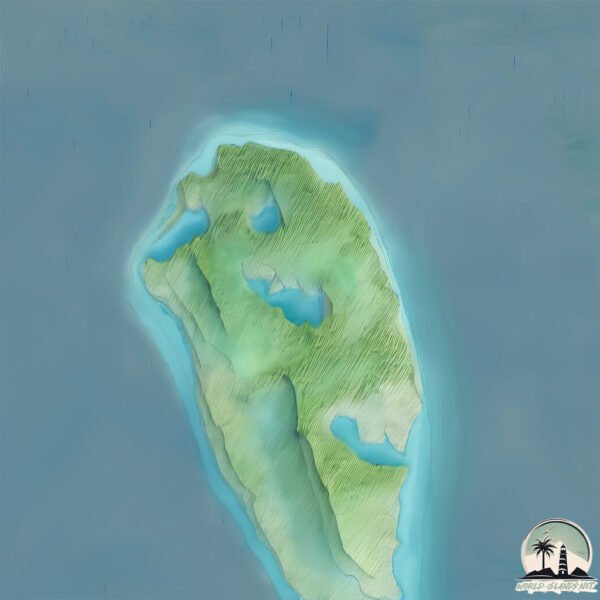Cap

Welcome to Cap, a Tropical island in the Sulu Sea, part of the majestic Pacific Ocean. This guide offers a comprehensive overview of what makes Cap unique – from its geography and climate to its population, infrastructure, and beyond. Dive into the details:
- Geography and Size: Explore the island’s size and location.
- Climate and Weather: Weather patterns and temperature.
- Topography and Nature: Uncover the natural wonders of the island.
- Infrastructure and Travelling: Insights on reaching, staying, and making the most of your visit.
- News and Headlines: Latest News.
Geography and size of Cap
Size: 3.429 km²
Coastline: 23.8 km
Ocean: Pacific Ocean
Sea: Sulu Sea
Continent: Asia
Cap is a Small Island spanning 3.4 km² with a coastline of 23.8 km.
Archipel: Philippines – An archipelago of over 7,000 islands in Southeast Asia, known for their diverse cultures, languages, stunning landscapes, and rich biodiversity.
Tectonic Plate: Sunda – Extends across Southeast Asia, encompassing parts of the Sunda Shelf, known for its interaction with the Australian Plate, contributing to volcanic activity in Indonesia.
The geographic heart of the island is pinpointed at these coordinates:
Latitude: 5.97345432 / Longitude: 120.11237817
Climate and weather of Cap
Climate Zone: Tropical
Climate Details: Tropical Rainforest Climate
Temperature: Hot
Climate Characteristics: This climate is typified by heavy rainfall throughout the year, high humidity, and consistently high temperatures, leading to lush rainforests and rich biodiversity. Seasonal temperature variations are minimal.
Topography and nature of Cap
Timezone: UTC+08:00
Timezone places: Australia/Perth
Max. Elevation: 3 m
Mean Elevation: 2 m
Vegetation: Evergreen Needleleaf Forest
Tree Coverage: 98%
The mean elevation is 2 m. The highest elevation on the island reaches approximately 3 meters above sea level. The island is characterized by Plains: Flat, low-lying lands characterized by a maximum elevation of up to 200 meters. On islands, plains are typically coastal lowlands or central flat areas.
Dominating Vegetation: Evergreen Needleleaf Forest
Dominated by evergreen coniferous trees such as pines and firs, which retain their needle-like leaves throughout the year. These forests are often found in cooler climates. Cap has a tree cover of 98 %.
Vegetation: 5 vegetation zones – Highly Diverse Island
With five different vegetation zones, these islands offer a rich tapestry of ecosystems. The variety could include dense forests, open meadows, wetlands, coastal zones, and more. This level of diversity supports an intricate web of life, with each zone playing a vital role in the overall ecological health and balance of the island.
Infrastructure and Travelling to Cap
Does the island have a public airport? no.
There is no public and scheduled airport on Cap. The nearest airport is Jolo Airport, located 99 km away.
Does the island have a major port? no.
There are no major ports on Cap. The closest major port is SIASI, approximately 89 km away.
The mean population of Cap is 18 per km². Cap is Gently Populated. The island belongs to Philippines.
Continuing your journey, North Ubian is the next notable island, situated merely km away.
Santorini residents call for cap on tourists visiting island



Philippines is classified as Emerging region: G20: Group of Twenty – Major economies comprising both developed and emerging countries, representing the world’s largest economies. The level of income is Lower middle income.
News – Latest Updates and Headlines from Cap
Stay informed with the most recent news and important headlines from Cap. Here’s a roundup of the latest developments.
Please note: The data used here has been primarily extracted from satellite readings. Deviations from exact values may occur, particularly regarding the height of elevations and population density. Land area and coastline measurements refer to average values at mean high tide.
